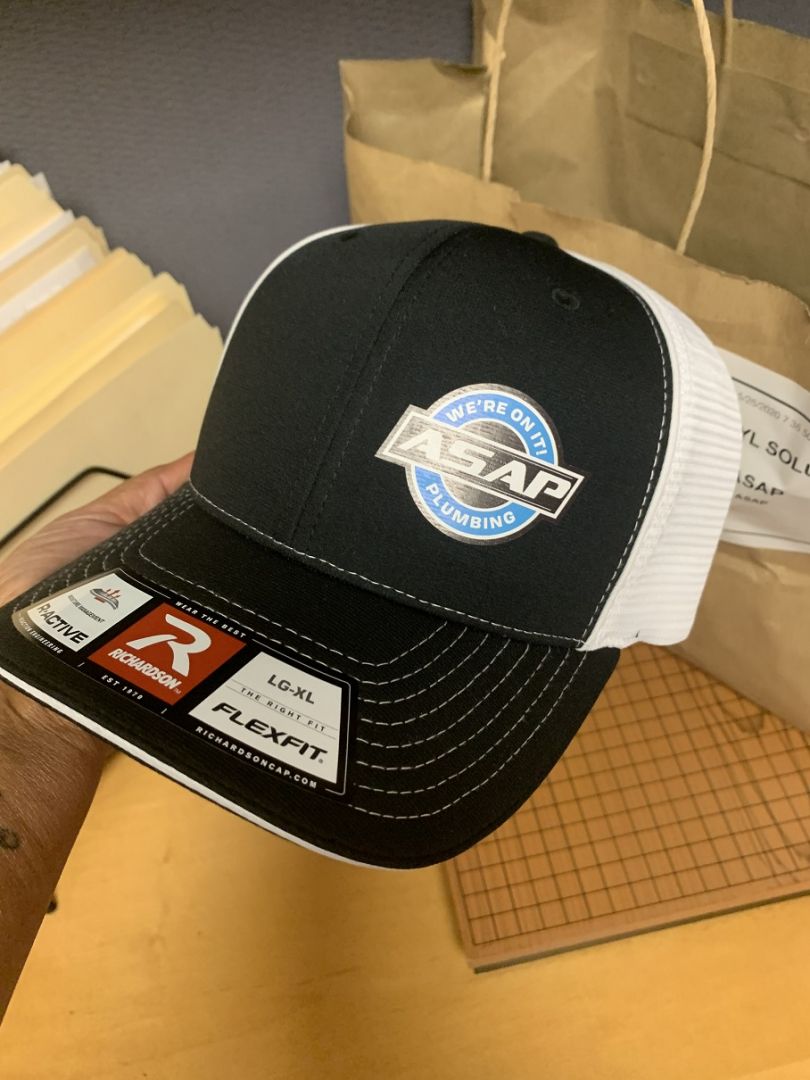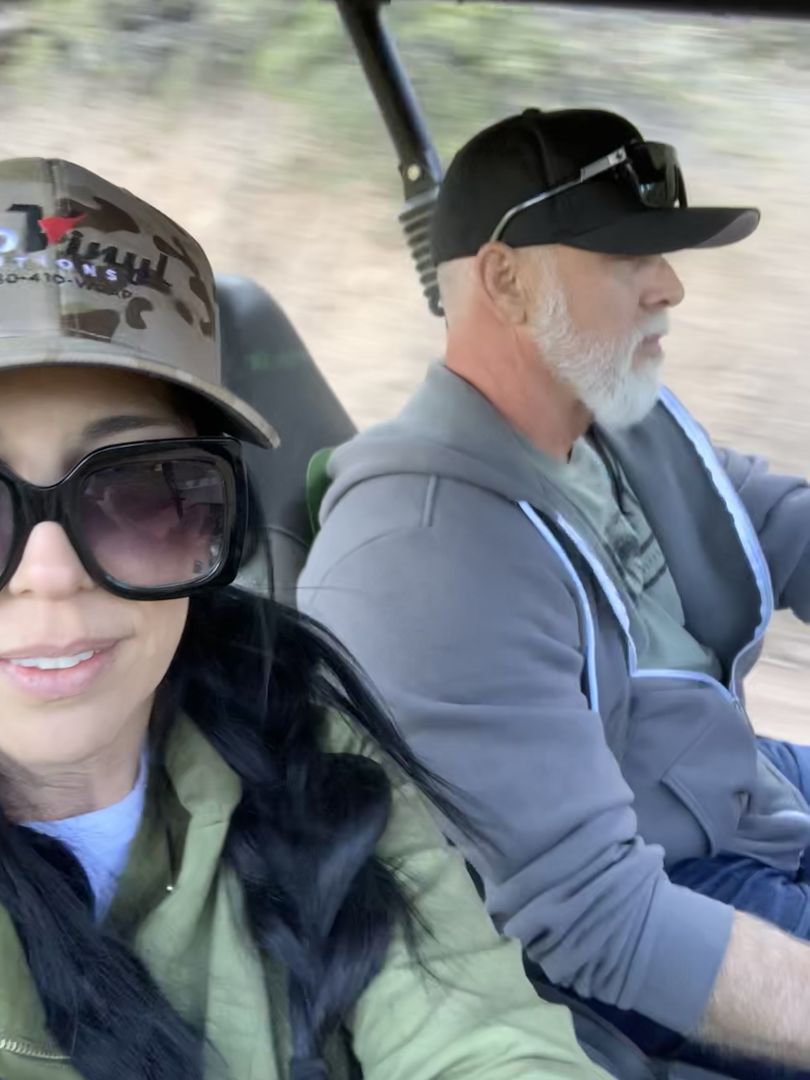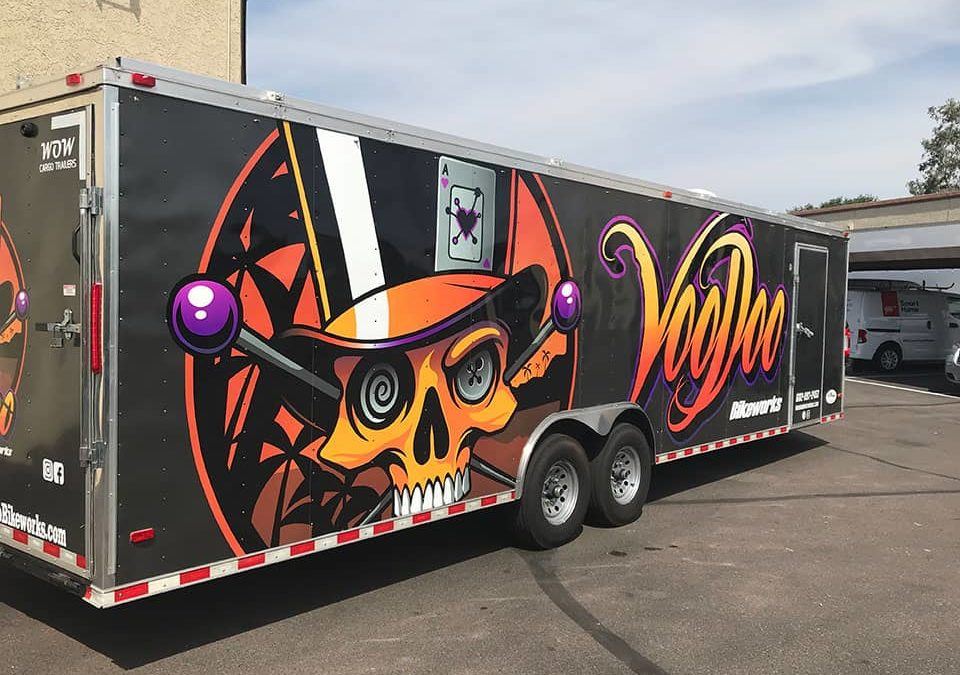In the ever-evolving landscape of marketing and advertising, businesses continually seek innovative ways to stand out and capture the attention of potential customers. One such method that has gained significant traction is vehicle wrap advertising. This technique involves enveloping a vehicle in high-quality vinyl graphics, transforming it into a moving billboard that showcases a company’s brand, message, or product as it travels through city streets and highways. Unlike traditional forms of advertising that remain static and bound to a single location, vehicle wraps offer the unique advantage of mobility, ensuring that the advertisement reaches a broader audience across different demographics and locations.
The significance of vehicle wrap advertising in today’s marketing ecosystem is profound. In an age where digital overload can desensitize consumers to online ads, vehicle wraps provide a tangible and visually engaging alternative. They not only grab attention with their colourful and dynamic designs but also generate curiosity and brand recognition in a way that few other advertising mediums can match. Moreover, with their cost-effectiveness and wide-reaching impact, vehicle wraps have become an essential tool for businesses aiming to enhance their visibility and connect with their community meaningfully. As we delve deeper into the psychology behind effective vehicle wrap advertising, it becomes clear why this method is not just an advertising trend but a strategic investment in a brand’s future visibility and success.
What is Vehicle Wrap Advertising?
Vehicle wrap advertising is a marketing practice that involves covering a vehicle in large vinyl graphics, effectively turning it into a mobile billboard. This method leverages the exterior surface of cars, vans, buses, and trucks to display an advertisement or brand message, ensuring visibility to pedestrians and other drivers wherever the vehicle goes. The vinyl used is durable and weather-resistant and can be printed with vibrant colours and intricate designs, making it an ideal medium for eye-catching and creative advertisements.
There are two types of vehicle wraps: full and partial. A full wrap covers the entire vehicle surface, providing the maximum area for advertising and the most dramatic impact. This type of wrap is particularly effective for creating a bold statement and can include the windows, using perforated window films that allow drivers to see out. On the other hand, partial wraps cover only a portion of the vehicle, such as the sides or the rear, and are a cost-effective option for businesses looking to enhance their brand presence without the investment required for a full wrap.
Creating and applying vehicle wraps is meticulous and requires professional expertise. It begins with the design phase, where graphic designers collaborate with clients to create a compelling visual concept that aligns with the brand’s messaging and aesthetic preferences. Once the design is finalized, it is printed onto high-quality vinyl material. The next step is preparing the vehicle’s surface to ensure clean and smooth, which is crucial for successfully applying the wrap. The vinyl is then meticulously applied to the car, ensuring it conforms perfectly to its contours and curves without bubbles or wrinkles. The result is a striking mobile advertisement that captures attention and leaves a lasting impression on viewers.
The Psychology of Vehicle Wrap Advertising
The psychology behind vehicle wrap advertising taps into how humans process visual information and form first impressions. This form of advertising combines the vehicle’s mobility with striking visual elements to create a powerful marketing tool that captures attention and influences perception and behaviour. Understanding the psychological underpinnings of why vehicle wraps are so effective can help businesses leverage them to their full potential.
Visual Appeal and First Impressions
Humans are highly visual creatures, and our brains are wired to respond to visual stimuli quickly. Vehicle wraps capitalize on this by transforming ordinary vehicles into captivating pieces of art that stand out in the mundane urban landscape. The visual appeal of these wraps is not just about being noticed; it’s about creating a memorable impression that sticks with the viewer. First impressions are formed within milliseconds, and a well-designed vehicle wrap can make that brief moment count, conveying the essence of a brand’s identity and values at a glance.
The Role of Colors and Design in Attracting Attention
Colours play a pivotal role in vehicle wrap advertising, with each hue capable of evoking specific emotions and reactions. For instance, red can trigger feelings of excitement and urgency, while blue can instil a sense of trust and security. Using vibrant and contrasting colours can significantly enhance the wrap’s visibility and effectiveness, drawing eyes and making the message more memorable.
The design, including imagery and typography, is equally important. It must be bold and clear enough to be understood quickly, even from a distance or at high speeds. The best vehicle wraps balance creativity with clarity, ensuring the design reinforces the brand message without overwhelming the viewer with too much information.
Psychological Triggers Activated by Mobile Advertising
Vehicle wrap advertising also activates several psychological triggers that enhance its effectiveness. The novelty of seeing a brightly wrapped vehicle amidst a sea of plain cars can generate interest and curiosity, encouraging viewers to learn more about the advertised product or service. Additionally, the omnipresence of a wrapped vehicle, seen in different locations at different times, can create an illusion of ubiquity for the brand, suggesting popularity and reliability.
Moreover, vehicle wraps can evoke a sense of local community and familiarity. Seeing a wrapped vehicle in one’s neighbourhood or city can make the advertisement feel more relevant and personal, fostering a stronger connection between the brand and the consumer.
In conclusion, the psychology behind vehicle wrap advertising is a complex interplay of visual appeal, colour psychology, and psychological triggers. By understanding and harnessing these elements, businesses can create vehicle wraps that catch the eye and resonate on a deeper emotional level, driving brand awareness and engagement.
Why Vehicle Wraps Work: Statistics and Insights
Vehicle wrap advertising is a highly effective marketing strategy, underscored by compelling statistics and insights highlighting its reach, visibility, and cost-effectiveness. This innovative form of advertising leverages vehicles’ mobility to ensure that a brand’s message is seen by a wide and diverse audience, making it a powerful tool for businesses of all sizes.
Reach and Visibility Statistics
One of the most persuasive arguments that favour vehicle wrap advertising is its exceptional reach and visibility. Studies have shown that a single vehicle wrap can generate between 30,000 and 70,000 daily impressions, depending on the area and time spent on the road. This exposure level is unparalleled compared to traditional stationary billboards or even digital advertising, which can be easily overlooked or blocked by ad blockers. Moreover, 97% of drivers are reported to be more likely to remember ads on vehicles than those on billboards, underscoring the lasting impact of vehicle wrap advertising.
Cost-Effectiveness Compared to Other Advertising Mediums
Regarding cost-effectiveness, vehicle wraps offer significant advantages over other advertising mediums. The initial investment for a vehicle wrap is relatively low, especially when considering the lifespan of the wrap, which can last up to five years with proper maintenance. This translates to a cost per thousand impressions (CPM) significantly lower than radio, television, or print advertising. Additionally, unlike pay-per-click (PPC) advertising, which requires ongoing investment to maintain visibility, vehicle wraps continue to reach potential customers without additional cost, making them an efficient long-term investment.
Furthermore, vehicle wraps serve as a dynamic advertising tool and protect the vehicle’s original paint job, potentially saving businesses money on maintenance and increasing the vehicle’s resale value. This dual benefit enhances the overall value proposition of vehicle wrap advertising.
In conclusion, the compelling reach and visibility statistics, combined with the undeniable cost-effectiveness of vehicle wrap advertising, make it an attractive option for businesses aiming to maximize their marketing budget. By delivering consistent exposure and engagement at a fraction of the cost of traditional advertising methods, vehicle wraps are an intelligent investment for brands looking to boost their visibility and impact.
Designing an effective vehicle wrap is both an art and a science, requiring a keen understanding of branding, visual communication, and a vehicle’s unique canvas. A well-designed wrap captures attention and communicates a clear message, reinforcing the brand’s identity in the minds of viewers. Here are key elements and expert tips for creating vehicle wraps that stand out and resonate with audiences.
Critical Elements of a Successful Wrap Design
Simplicity and Clarity: The most effective vehicle wraps convey their message. Given that viewers may only have a few seconds to absorb the advertisement, the design should focus on a central message or image, avoiding clutter that can dilute the impact.
Brand Consistency: A vehicle wrap is an extension of a brand’s visual identity. It should consistently incorporate the brand’s colours, fonts, and logos with other marketing materials. This consistency helps in building brand recognition and trust among the target audience.
High-Quality Imagery: It is crucial to use high-resolution images and graphics. Blurry or pixelated photos can detract from the professionalism of the advertisement and, by extension, the brand.
Balancing Branding and Message Clarity
Balancing branding with message clarity is essential. The brand logo and tagline should be prominently featured, but not at the expense of the overall message. Ideally, the wrap should tell a story or convey a value proposition that resonates with the target audience, making the brand memorable.
Tips from Industry Experts
- Focus on the Target Audience: Design the wrap with the target audience in mind. What appeals to them? What message will resonate? Tailoring the design to the audience increases the likelihood of engagement.
- Consider the Vehicle’s Shape: Work with the vehicle’s contours. Design elements should flow with the vehicle’s shape, utilizing its natural lines to enhance the design rather than working against them.
- Test Designs Digitally: Before finalizing the wrap, simulate it on a digital vehicle model. This allows for adjustments before the wrap is printed and applied, ensuring the final product is as impactful as possible.
By adhering to these principles and leveraging expert tips, businesses can create vehicle wraps that draw the eye and effectively communicate their message, driving brand awareness and engagement.
Conclusion
Vehicle wrap advertising has emerged as a potent tool in the marketing arsenal, offering unparalleled visibility and reach at a fraction of the cost of traditional advertising methods. Its effectiveness is underscored by impressive statistics on impressions and engagement, making it clear why businesses are turning to this innovative strategy to boost their brand presence. As we’ve explored, the key to success lies in design that balances visual appeal with clear messaging, ensuring that your brand not only captures attention but also communicates effectively with your target audience. Given its many benefits, incorporating vehicle wraps into your comprehensive marketing strategy can significantly enhance your brand’s visibility and impact in the competitive market landscape. This dynamic and cost-effective advertising medium is well worth considering for any business looking to drive growth and build a strong, recognizable brand.



